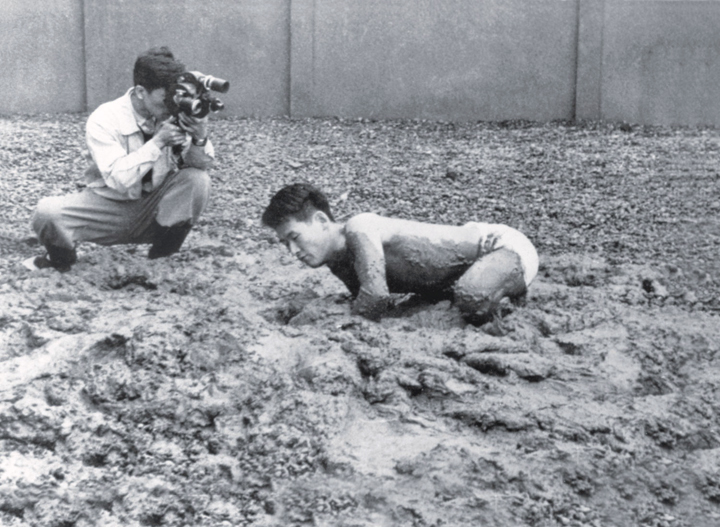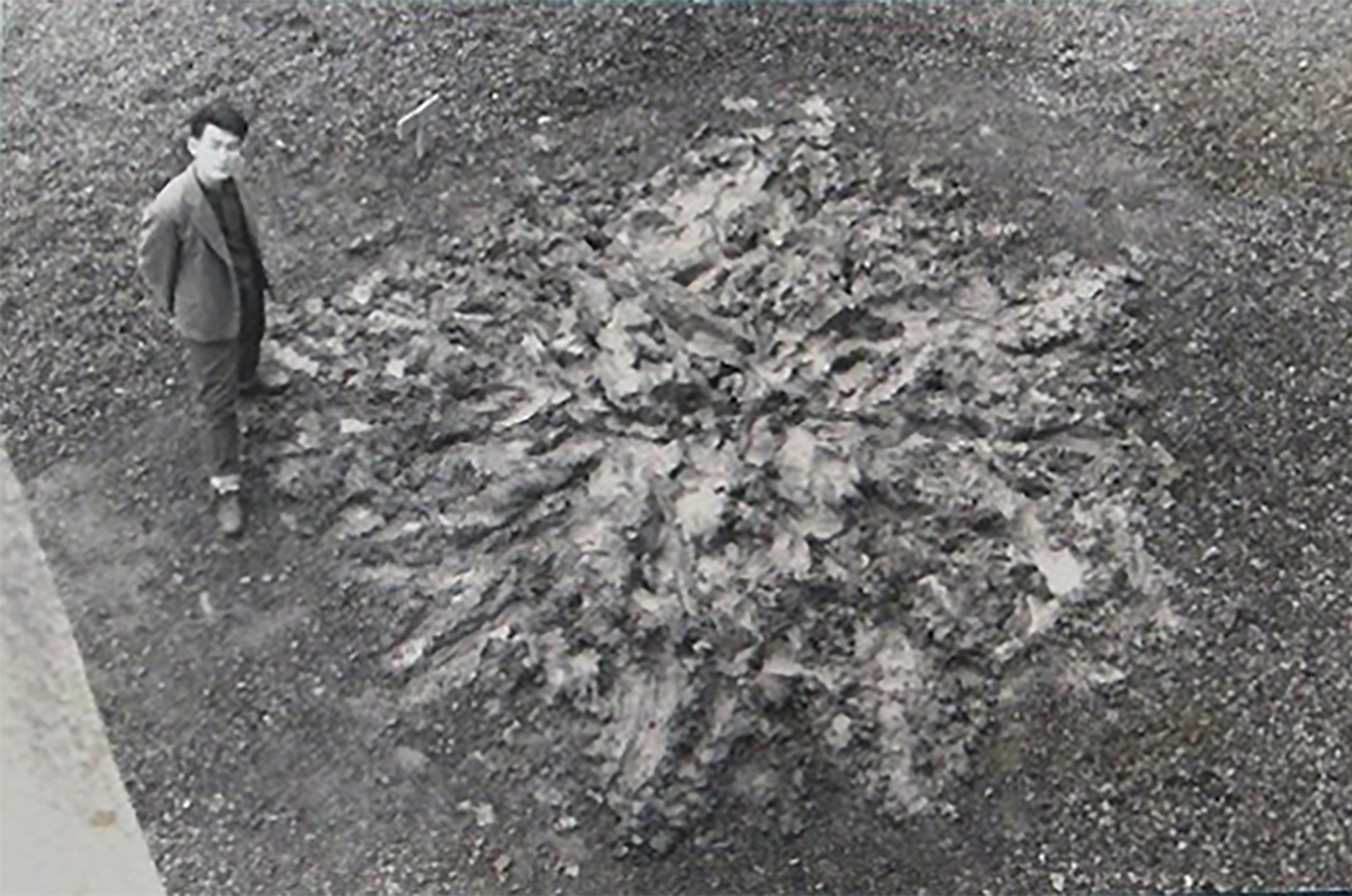Andrea David November 3, 2023
Hispanic Executive | Interview with Shaun Leonardo - Performance, Pedagogy, and Philosophy
Quote 1- "...over my life and professional career, I have witnessed young people be easily derailed when they don’t see themselves in the representation of who is creating. Especially as I grew into my path as an educator, I found it equally important to share the work of my colleagues and those artists of color that inspired me with both young folks that I identified with (meaning those that looked like me) and white kids. For a white student, particularly a young white student, seeing the mode of expression of an artist of color can shift as much of their worldview as it does for a student of color."
Response- This quote shows why representation is so important. It emphasizes the importance of diversity and inclusivity in the creative realm, the classroom, and in the real world. When young people, regardless of their backgrounds, are exposed to a diverse range of creators and artists, it broadens their horizons and creates a deeper understanding of the world. It sends a powerful message to the youth that they can also aspire to create, innovate, and excel. For example, white students witnessing artists of color as role models and creators can be very impactful. It offers them a different perspective, a chance to appreciate and learn from different cultural experiences. It broadens their worldview, enhances their empathy, and nurtures a richer understanding of difference cultures experiences outside the sense of their often white privilege that they grew up with.
Quote 2- "The workshop, the platform of teaching and learning, is in and of itself the performance. It doesn’t lead to another output or product."
Response- I enjoyed this quote because it discusses the idea of teaching as a performance, which it is. To display yourself infant of a classroom full of people and project your ideas and beliefs and knowledge onto the students infant of you is a big role. It give the teacher to present themselves however they would like to be viewed. They also have to perform to gain control the room, to project their voice if needed, and to convince their students of what they are teaching.. even if they believe it or not. This is an act of performance and it is a great way for people who do teach to step out of themselves in order to relay and image or idea to their students/ the people they want to influence.
Widewalls | Yoko Ono - A Groundbreaking Artist, Activist and Fighter
Quote 1- "Yoko Ono has been, without a doubt, one of the most misunderstood artists in the past 60 years. It is her massive fame, association with the Beatles, and heal-the-world rhetoric that have obscured her groundbreaking contributions to the world of art of the 1960s and beyond."
Response- This quote highlights misconceptions surrounding Yoko Ono's artistic contributions due to her association with the Beatles and her activism. It is unfortunate that it took a while for Yoko One to receive respectable recognition and that her artistic achievements have often been overshadowed by her celebrity status and public perception. Yoko Ono has used performance art to use the language of activism in a unique way as her ability to bridge the gap between art and activism is evidence of her visionary approach over the years..
Quote 2- "Cut Piece was one of the best examples where the visceral presence of the author confronted the tension between exhibitionism and voyeurism, masochism and sadism, between victim and assailant. The piece was lauded as an enactment of the physical vulnerability of women in a world where they are reduced to mere objects for looking at. This groundbreaking artwork is hailed as prophetic of feminist activism and of performance art as a form."
Response- This quote discusses the significance of Yoko Ono's artwork, "Cut Piece," and its impact on feminist activism and the evolution of performance art. "Cut Piece" serves as a powerful speculation on the vulnerability of women in a society that objectifies them. Yoko Ono's ability to use her art to address important social issues demonstrates her commitment to activism through her creative expressions. This groundbreaking artwork has left a lasting impression on the art world and feminist movements, highlighting the potential of art to inspire social change.
Khan Academy Performance Art An Introduction webpages
Quote 1- "Acts of violence within the context of art making could also serve as a means for artists in the postwar period to reject state-sponsored wartime propagandistic painting. ...In this way, Shiraga presented the violence in his art as a means of shifting the destructive energy of the war to a creative process that he used to strengthen his individuality."
Response- This quote sheds light on the transformative power art has in responding to violence and war. It highlights how artists, like Shiraga, turned the destructive energy of wartime propaganda and transformed it through creative expression. During times of violence where human creativity can be overshadowed, artists sought to assert their individuality and agency through their work. Shiraga's act of channeling the intense physical nature of his art into a creative process allowed him to reclaim the narrative and in a sense express a form of rebellion as well.
Quote 2- "If at my opening, only artists of my generation comes. I know if something's terribly wrong. Because it means that my work doesn't communicate any where, that means it's dead."
Response- It was interesting to listen to Marina Abramavic when she mentioned that phrase.. if no one of the new generations shows up at her exhibit, that her art is dead. To think that an artist with a large following would have a though like that but it shows that there is more behind the intention of her work. If her performance art doesn't reach the newer generations maybe unfamiliar with her work, she believes that he art could no longer continue to communicate what is needed to express.
Chapter 3, History from The Art of Activism, Your All-Purpose Guide to Making the Impossible Possible
Quote 1- "Jesus knew how to kick off a protest. When he entered the main temple of Jerusalem and saw people changing money and selling ritual objects, Jesus was pissed. He could have stood outside and harangued the passersby with his opinions on keeping sacred places sacred, the ancient equivalent of the activist on the soapbox, but instead he demonstrated his politics through a spectacular act of civil disobedi-ence. He physically threw out the money changers and kicked over their tables, using his body and his actions to convey his message. It was an æffective political performance so provocative that news of his deed, and therefore his message, traveled throughout the city."
Response- Honestly, this quote felt kind of Blasphemous to read, but I thought it was interesting how the authors used the story of Jesus to refer to was of activism and protest. In a sense, Jesus did showcase political performance.
Quote 2- "As any good teacher can attest, rote learning lasts only about as long as the next test. If you want your students to remember the lesson, and to integrate it into their lives, they need to puzzle through it, process it, and make it their own."
Response- This quote emphasizes a fundamental principle of education. Rote learning, which involves memorization without understanding, is often short-lived and fails to promote deep comprehension or lasting retention. For knowledge to be truly absorbed and integrated into students life's, active engagement and critical thinking are essential. Students must be encouraged to process material in their own unique way, and connect it to their personal experiences. Effective teaching goes beyond facts and memorization, as it involves inspiring curiosity, critical thinking, and the ability to apply what's learned in various contexts.This quote brings light to the importance of nurturing independent learners who can think critically, adapt, and apply their knowledge to the world around them.
Quote 3- "The principle: prefigure the future. When we act in order to bring about social change, it’s important not only to “demonstrate” what we are against in the here and now, but also to create a vision of the world we would like to bring into being in the future. It is not enough to merely criti-cize the way things are. This, perversely, can actually reinforce the status quo by recentering what is. What’s also needed are new models for the way things might be."
Response- This quote is significant because it expands on the efforts needed to be taken in order to bring the future social change that we want. Although critique and bringing focus to the issues in our society are a great way to grab attention, to see transformative change there needs to be alternative models and visions of the world we want to see presented. The approach of prefiguring the future serves as inspiration for others to join in on making efforts towards a better word. This quote can remind us that change is not just about deconstruction but rather building towards a positive reconstruction of the future we envision.
Performance Response-
In the Gutai Art Exhibition, the Artist Shiraga demonstrates a live performance of his body in a mud composition. This performance took place at Tokyo's Ohara Hall and happened 3 times during the exhibition. The materials used for this mud composition were cement, kabetsuchi, sand and gravel. His performance consisted of gestures such as painting, sculpting, wrestling, molding, smearing, and grappling which were viewed as radical actions that defied "categorical boundaries". This is a performance because he takes advantage of his exhibition at the Tokyo's Ohara Hall, a public space to make a big statements about the concerns he wanted to address. The markings made in the mud kind of become a speech or his language he uses to speak with his audience/viewers. To make this performance, Shiraga uses his almost nude body as his utensils to create his art.


No comments:
Post a Comment